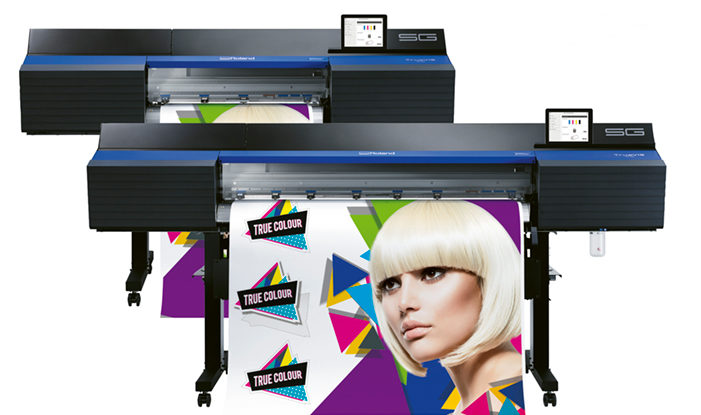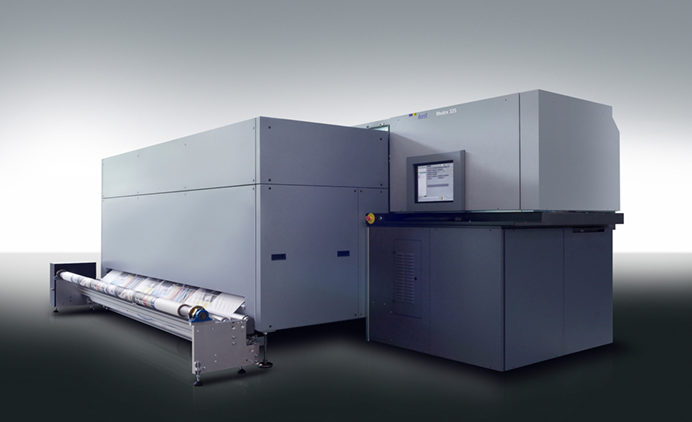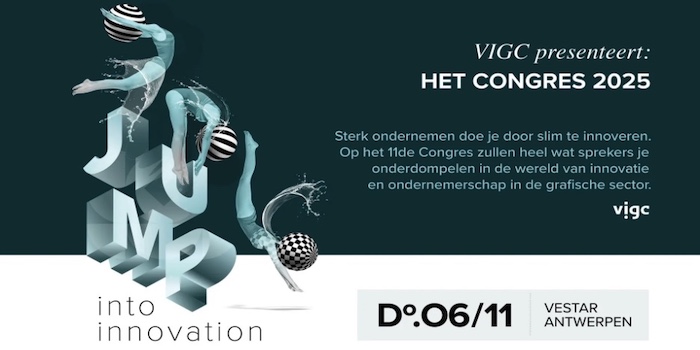Wild Format 2.16: What are the options for printed interiors?
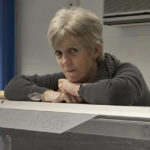 The arena for wide-format print has become ever more competitive with increasing numbers of businesses turning to large-scale inkjet technology with the intention of adding it to their service models. While this has been healthy to an extent, enabling general customers, brands and agencies to have a broad choice of application opportunities at their disposal, for some display producers it has been little short of deleterious.
The arena for wide-format print has become ever more competitive with increasing numbers of businesses turning to large-scale inkjet technology with the intention of adding it to their service models. While this has been healthy to an extent, enabling general customers, brands and agencies to have a broad choice of application opportunities at their disposal, for some display producers it has been little short of deleterious.
Inside job
Some jobs are no longer cost-effective because of the tightening of margins as more and more PSPs chase after the same slice of the pie, preventing many standard jobs from being worthwhile. Inevitably, with point-of-purchase and retail orders dropping in profitability, companies are searching for niche segments where their technology can be used to advantage and existing machine investments can be turned to new markets. However, printed interior decor is now growing in popularity due to the ability for low volume, high margin applications to be produced without requiring investment in new print engines. Covering a multitude of disciplines, the emphasis is on personalisation, simplicity from design to end result, and fast turnarounds for most jobs.
As wide-format digital print has become more diverse it has brought with it the ability to handle a variety of volumes but, taking the ethos of inkjet technology back to its roots, one of its huge advantages lay in the fact it was the ideal process for generating single prints and very short runs. It has also cut the time from origination through to finished product and this, alone, is one reason that is driving significant increases in demand for printed decor used for a vast selection of products both in commercial and domestic environments.
Perhaps ironically, decor has come full circle since the days of cave paintings, moving through centuries of carefully handcrafted murals and furnishings through to mass produced wallpapers, flooring and furnishings so popular for much of the twentieth century. Because these products relied totally on analogue and, even, manual production methods, choice of design was reliant on the trends of the time. Manufacture usually involved laborious setup, slow deliveries when much production shifted overseas, and the lack of opportunity for most end-users to express individuality. The only alternative was to use a specialist highly skilled decorator to generate personalised applications.
The Roland TrueVIS is both a digital large format printer and a cutter. This makes it possible to print for example personalised heat transfered designs to put on apparels.
Changing fashions
As seen in fashion, there have been several drivers that have brought about change in manufacturing principles within market segments formerly controlled by the limitations imposed using analogue production processes. Without argument, inkjet technology has allowed the entire interior decor remit to metamorphose from production methods that involve long lead times and high volumes with hefty set-up costs, to on-demand individual pieces that can be generated within hours or days rather than weeks or, more commonly, months.
Using a standard wide-format printing machine, an application can typically be handled in the same way as a standard order for a poster or banner – the principal dichotomy between decor and typical display work lies in the type of end customer. Unlike commercial orders, interiors are created with a totally different mindset – clients are not looking for promotional products or advertising hooks but, instead, are wanting aesthetic and practical solutions to fulfil a variety of decorative opportunities.
The segment for printed interiors covers myriad applications and, inevitably, there is a cross-over between industrial and graphic print with functionality playing a vital role in the end job being fit for purpose. This is an area where trends drive demand and, with digital technology, it is far easier and less risky to determine popular finishes and styles without being committed to long lead times, complex analogue pre-press, and laborious printing routines.
Keep it legal
While some decor applications have been obvious contenders for digital print, such as ceramics and wall coverings, others have needed to meet stricter criteria. This is particularly important in the textile sector where there can be tough legislation regarding fire retardant materials and coatings, and where rub fastness and a good hand, or feel, are essential prerequisites with furnishings. Nonetheless, there continue to be good and profitable marriages between inkjet and decor, with many of these extending beyond the actual print element to coatings such as those used in flooring products.
Opportunities for using digital print in interior design have been assisted by the availability of roll-fed and rigid substrates, many of which enable faux expensive finishes to be printed onto relatively inexpensive media. Typical examples include emulating the appearance of expensive wood which, in reality, is no more than ink on a low-cost substrate. The range of materials available for wide-format printers, along with the ink formulations currently used across a broad selection of applications, means a variety of finishes can be generated that are perfectly well suited to decor. This means that many former analogue interior jobs can now be produced, often on fairly modest inkjet engines, with results that stand up to even the closest levels of scrutiny. However, in addition to visual benefits the relationship of the ink with the material and its ability to be over laminated or coated can play a vital role when it comes to durability, scuff resistance and fading if exposed to daylight, including natural UV.
Without doubt, however, inkjet printing is bringing significant advantages to the interior decor market with notable benefits being low volumes and customisation. The width of engine and the materials available have also simplified the ability to print jobs in one piece without joins or tiling plus, for plenty of applications, 1.6m is a perfectly adequate width for roll-fed and flat-bed jobs.
However, as a word of caution, most of today’s ink chemistries were not conceived and formulated for applications where touch plays a part in the overall application. As yet there are no specific standards which apply to ink content, although some formulations should be up for consideration in terms of suitability for interior environments. Some inks, such as latex, already have ratings that relate to emissions and air quality. These are certain to be complemented ultimately by low migration and overall health and safety criteria that apply to all component parts of a job and the substances used to produce them. This means that print service providers adding interior decor to their range of services as well as consumers and designers need to consider the implications of chemistries. Their suitability for furniture and fitments may require an overlaminate or coating.
The Durst Rhotex 325 is a dual purpose printing system which combines direct-to-textile printing with the dye-sublimation transfer printing technology, printing up to 3.2 m wide.
What you want and when you want it
Today’s homes, offices, hotels, restaurants, public areas and leisure centres are all ripe contenders for digitally-produced interior decor. The relative ease with which applications can be produced, without penalty for one-offs and low volumes, and the ability to introduce personalisation are key elements in the growth in this market sector. This, in turn, has led to greater creativity and speed from design, through workflow and print to the final product. Virtually every surface can be enhanced with inkjet-printed decoration – from glass and walls, through to soft furnishings, cupboards and furniture, to flooring. The scope now available extends to everyone who wants to accommodate a specific appearance within their environment and, as trends are showing quite clearly, this is a segment where the technology is already tried and trusted and its application is set to increase.
Sophie Matthews-Paul
The Wild Format guides are intended to expand awareness and understanding of the craziness that can be created on wide format digital printing devices, from floors to lampshades and everything in between.
These guides are made possible by a group of manufacturers working together with Digital Dots.
This article is supported by Fujifilm (www.fujifilm.com) and Digital Dots (www.digitaldots.org).
Together we hope you enjoy the articles and that you put into practise what you learn. If you want to talk about it, go to our LinkedIn group via this link.
Enjoy and Go Wild!
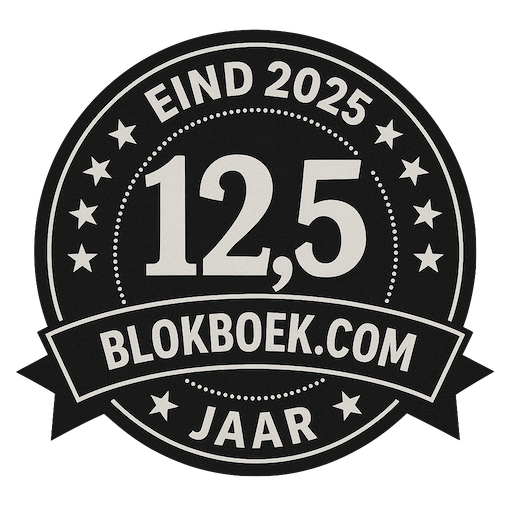
De trainingen voor 2022 staan gereed. Kijk voor het volledige online aanbod van bestaande- en nieuwe trainingen op de website.
BLOKBOEK.COM EN PRINTMEDIANIEUWS: HET OPTIMALE DOELGROEP BEREIK

